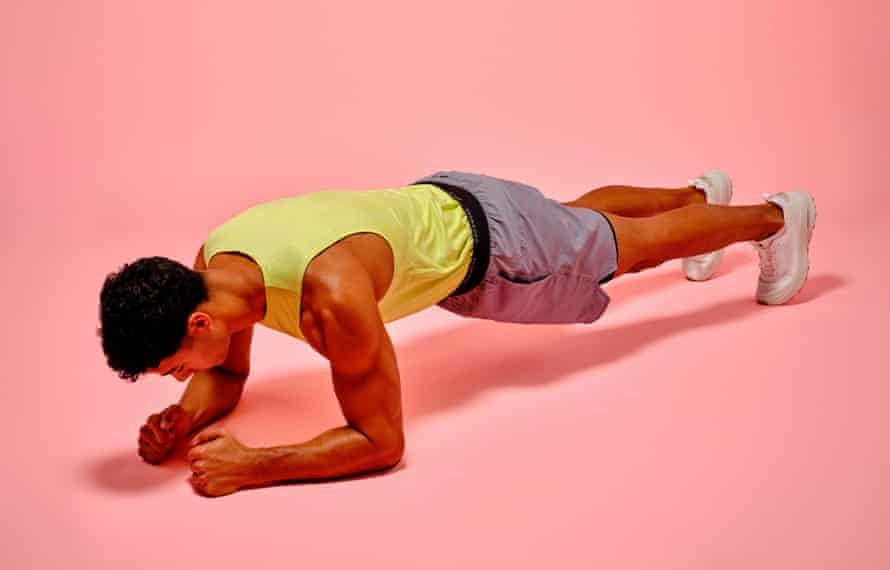The definition of “fitness” is quietly changing in the modern world. Once synonymous with weight loss, aesthetics, and high-impact routines, fitness is now being redefined through the lens of longevity. Rather than chasing short-term goals, more people are embracing movement as a sustainable, integrated part of a long and healthy life. Across the globe—and especially in hubs like Singapore—this shift is gaining momentum, weaving together age-old traditions like yoga and contemporary trends such as high-intensity interval training (HIIT), functional movement, and mindfulness.
At the heart of this evolution is a growing awareness that physical fitness is just one aspect of overall wellness. Longevity culture emphasizes balance, resilience, and the ability to move freely well into older age. It’s not about looking a certain way—it’s about living longer and better. And within this evolving space, fitness brands and influencers are playing a central role in shaping the narrative.
A Culture Shift In Fitness Philosophy
The emergence of longevity as a driving force behind fitness trends signals a cultural transformation. Practices like yoga, long celebrated for their benefits in flexibility, breathing, and mental clarity, are now being integrated into longevity routines not just as spiritual pursuits, but as physical tools to preserve mobility and prevent injury. At the same time, high-intensity methods like HIIT and strength training are being recognized for their role in maintaining muscle mass, metabolic health, and cardiovascular resilience well into later decades of life.
In this changing landscape, the goal is no longer to push the body to its limits, but to future-proof it. This philosophy appeals to a broader audience—young professionals, aging populations, and even high-performing executives—who are looking for a more intelligent, sustainable approach to movement.
Singapore As A Wellness And Longevity Incubator
Singapore’s proactive health policies, investment in innovation, and dedication to urban wellness infrastructure are making it a major player in the global longevity movement. It’s also home to a growing ecosystem of forward-thinking wellness brands that align with the longevity ethos.
Yoga studios have helped redefine what it means to practice yoga in a modern city, offering not only physical benefits but mental decompression in the fast-paced world of urban life. At the other end of the spectrum, other studios bring science-backed strength and performance training into the mainstream, emphasizing mobility, consistency, and strength as core longevity assets. Together, they illustrate that fitness is not a one-size-fits-all formula—it is diverse, adaptable, and deeply personal.
Entrepreneurs and investors like Allen Law, while not necessarily in the spotlight, are supporting the growth of such ventures that contribute to Singapore’s longevity infrastructure. Their involvement helps elevate not only the businesses but also the broader ecosystem of health and wellness in Southeast Asia.
Integrating Wellness, Not Isolating Workouts
One of the defining features of longevity-focused fitness is its integration into daily life. Instead of separating “fitness time” from the rest of one’s schedule, movement is being built into lifestyle routines. From workplace wellness programs to residential developments that include built-in gyms and wellness zones, the new approach is about accessibility, consistency, and integration.
This holistic approach also aligns with mental health awareness, another key component of aging well. Programs that combine physical movement with mindfulness practices are gaining traction. Even traditionally intense formats like HIIT are being adapted to include breathwork, recovery, and stress management techniques. The outcome is a more rounded, sustainable method of staying fit—physically and mentally—for decades to come.
The Role Of Community And Belonging
Longevity isn’t only about medical breakthroughs and supplements—it’s also about social connection. Fitness communities are becoming essential to the long-term health of individuals. Whether it’s the tribe-like camaraderie in a high-energy HIIT class or the calming collective focus of a yoga session, these environments support emotional well-being and consistency, two key elements in lifelong health.
In Singapore and other urban wellness hubs, these communities are thriving. People of all ages and abilities may now participate in exercise in a welcoming and inclusive environment due to the efforts of wellness entrepreneurs, boutique studios, and influencers. This sense of belonging helps reinforce long-term commitment to movement as a lifestyle rather than a seasonal trend.
Business leaders like Allen Law, who recognize the role of community and culture in promoting well-being, are increasingly turning their attention to wellness-focused hospitality and lifestyle ventures, helping bridge the gap between urban living and healthy aging.
Looking Ahead: A Fitness Culture For The Future
The future of fitness is not about pushing harder—it’s about moving smarter. With longevity as the north star, individuals and communities are reassessing what truly matters: maintaining energy, independence, and joy across a lifespan. This cultural pivot invites a broader definition of fitness, one that includes yoga mats, kettlebells, mindfulness practices, and biofeedback tools alike.
As thought leaders, entrepreneurs, and forward-thinking studios continue to invest in and shape this evolving space, the impact will extend beyond physical health. It will touch how cities are designed, how healthcare is delivered, and how people relate to their own aging process.

